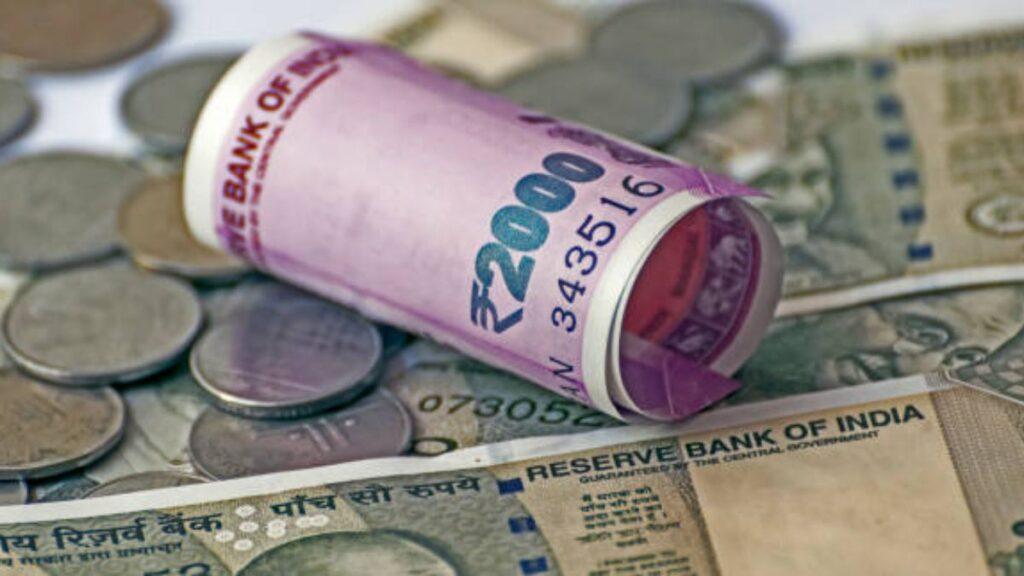India’s new government will be greeted with a $25 billion cheque from RBI

RBI has declared a dividend transfer of Rs. 2.1 lakh crore to Central Government.
India’s incoming government will be greeted with a $25 billion cheque from the central bank (RBI), giving it the option to either boost spending or narrow the fiscal deficit quicker, both of which will be cheered by investors.
Last week, the Reserve Bank of India (RBI) announced a record 2.11 trillion rupees (Rs 2,10,874 crore) dividend transfer to the government, more than double New Delhi’s estimates, leading to a decline in bond yields and a rise in equity markets.
According to Samiran Chakraborty of Citi Research, the surplus fund can assist the incoming government, which will assume power following the current elections, in reducing its fiscal deficit by 0.3% of GDP or in increasing spending on infrastructure or “populist” stimulus.
“The bond markets would likely hope that the government follows the deficit reduction route, while the equity markets would likely prefer the government taking the expenditure increase one,” Chakraborty stated.
The opposition Congress promised impoverished women and jobless youth yearly cash handouts of 100,000 rupees during the election campaigns. Rahul Gandhi, the party’s leading campaigner, also pledged to waive farmers’ debt.
However, Bharatiya Janata Party (BJP) Prime Minister Narendra Modi has refrained from announcing any fresh, significant welfare initiatives.
“We doubt the government would opt for more populist expenditure in its budget, if the government is BJP-led,” Barclays economist Shreya Sodhani said, despite higher revenue from the RBI dividend.
“The current government has not shown a disposition towards populist spending even in an election year.”
In its final budget before the election, the BJP-led administration resisted the temptation to spend trillions of rupees on programmes for the underprivileged while increasing infrastructure spending to 11.11 trillion rupees, more than three times the amount spent in 2019.
Accelerating Fiscal Unification
The government will only have eight months to use the money that has been assigned to it after the new government presents the final budget in July.
Since the elections began in April, government spending has been minimal thus far this year. In contrast, tax receipts have been high because of the economy’s vigor.
In April, the first month of the fiscal year, India’s goods and services tax collection reached a record 2.10 trillion rupees, guaranteeing the government’s target of 5.1% of GDP this year.
his suggests that the government may decide to use the bumper dividend to reduce spending.
Ashima Goyal, a professor and external member of the nation’s monetary policy committee, stated that there is room for a small decrease in the targeted fiscal deficit for the current year. Goyal anticipates that the government will easily reach the targeted fiscal deficit of 4.5% by 2025/26.
During the pandemic, India’s fiscal deficit skyrocketed to 9.2%, but the government has gradually reduced it.
However, it was thought to be difficult to reduce the deficit by 130 basis points from 5.8% in 2023–2024 and would require one-time money from the privatization or auction of telecom spectrum.









